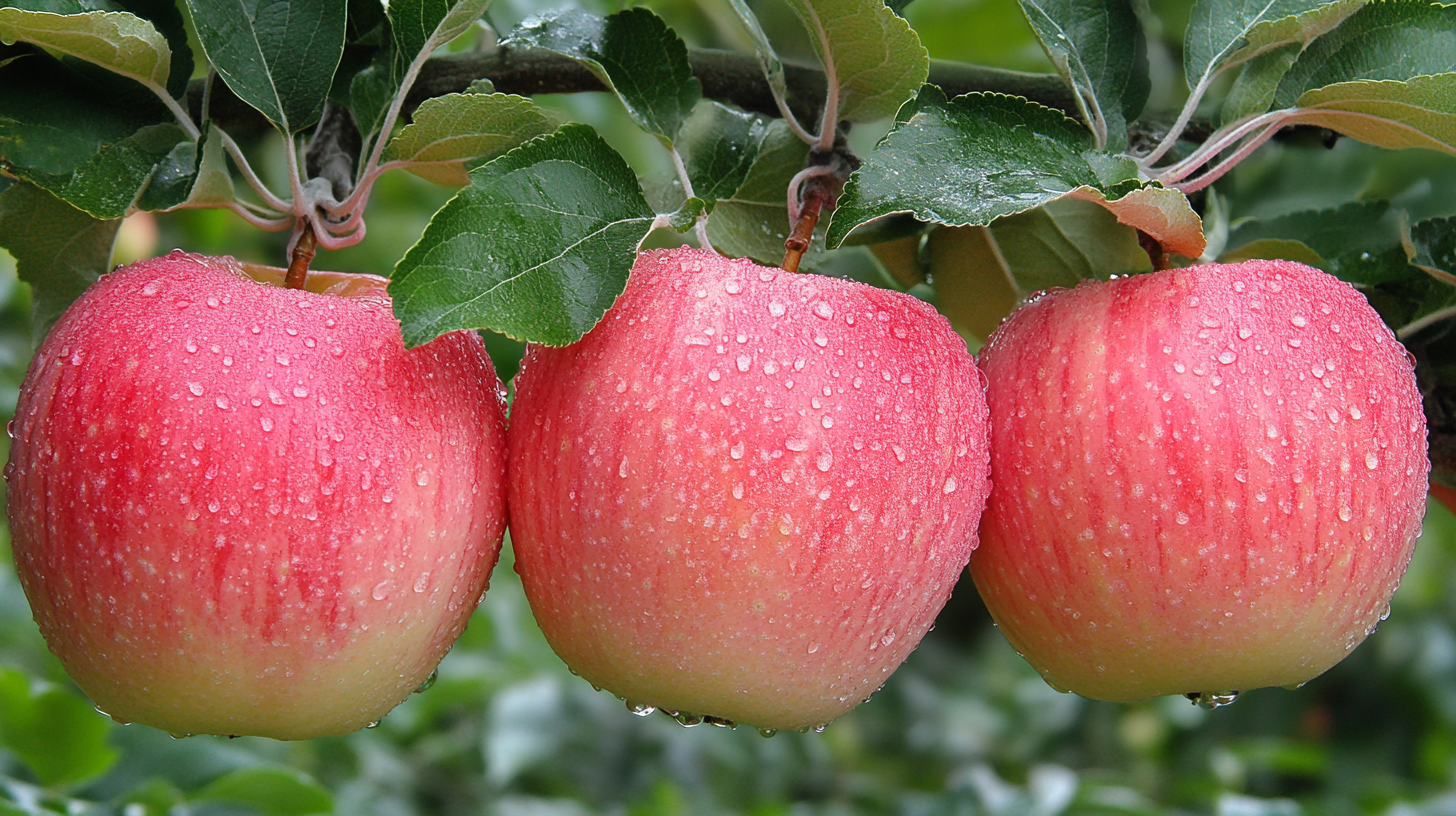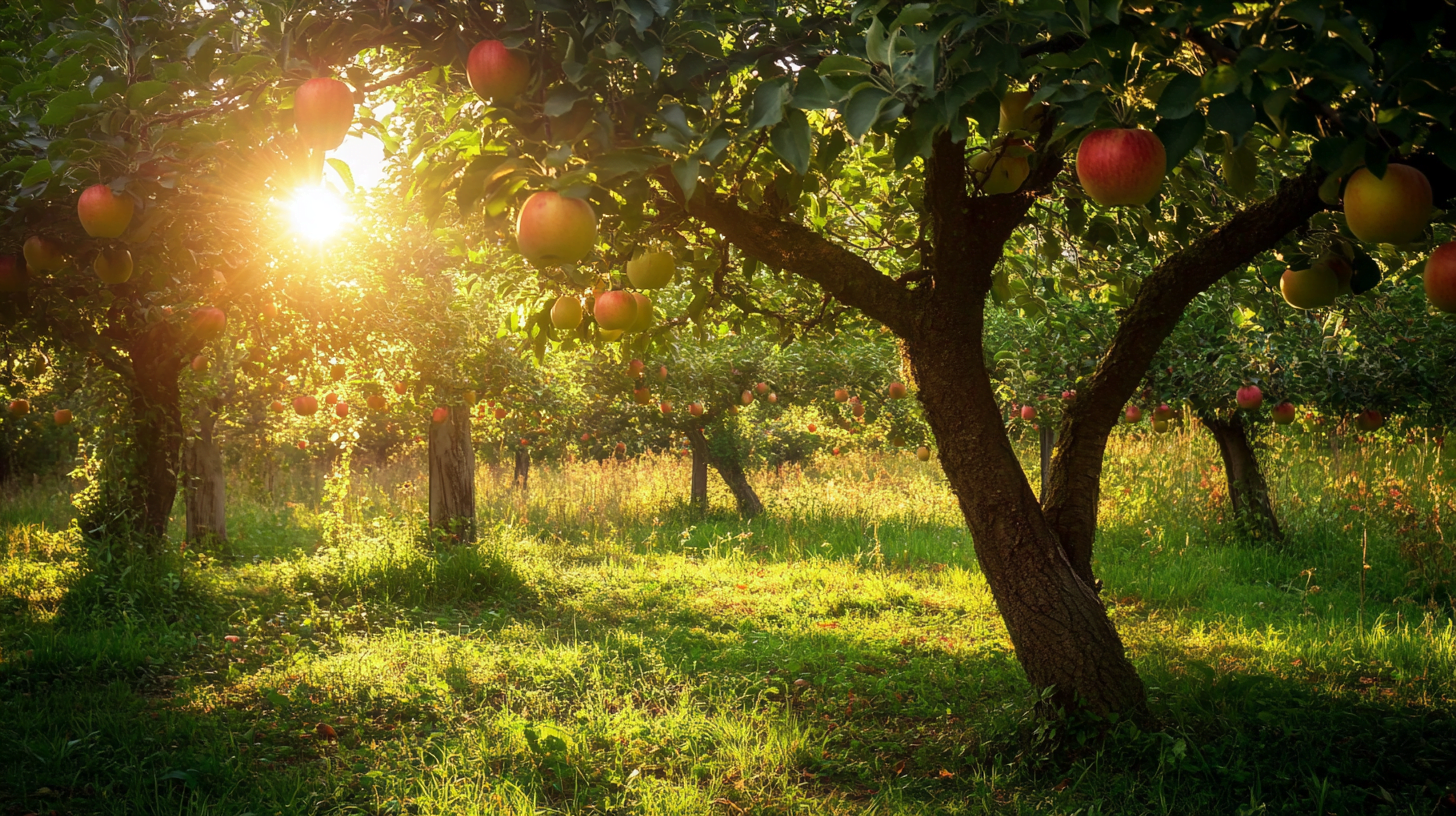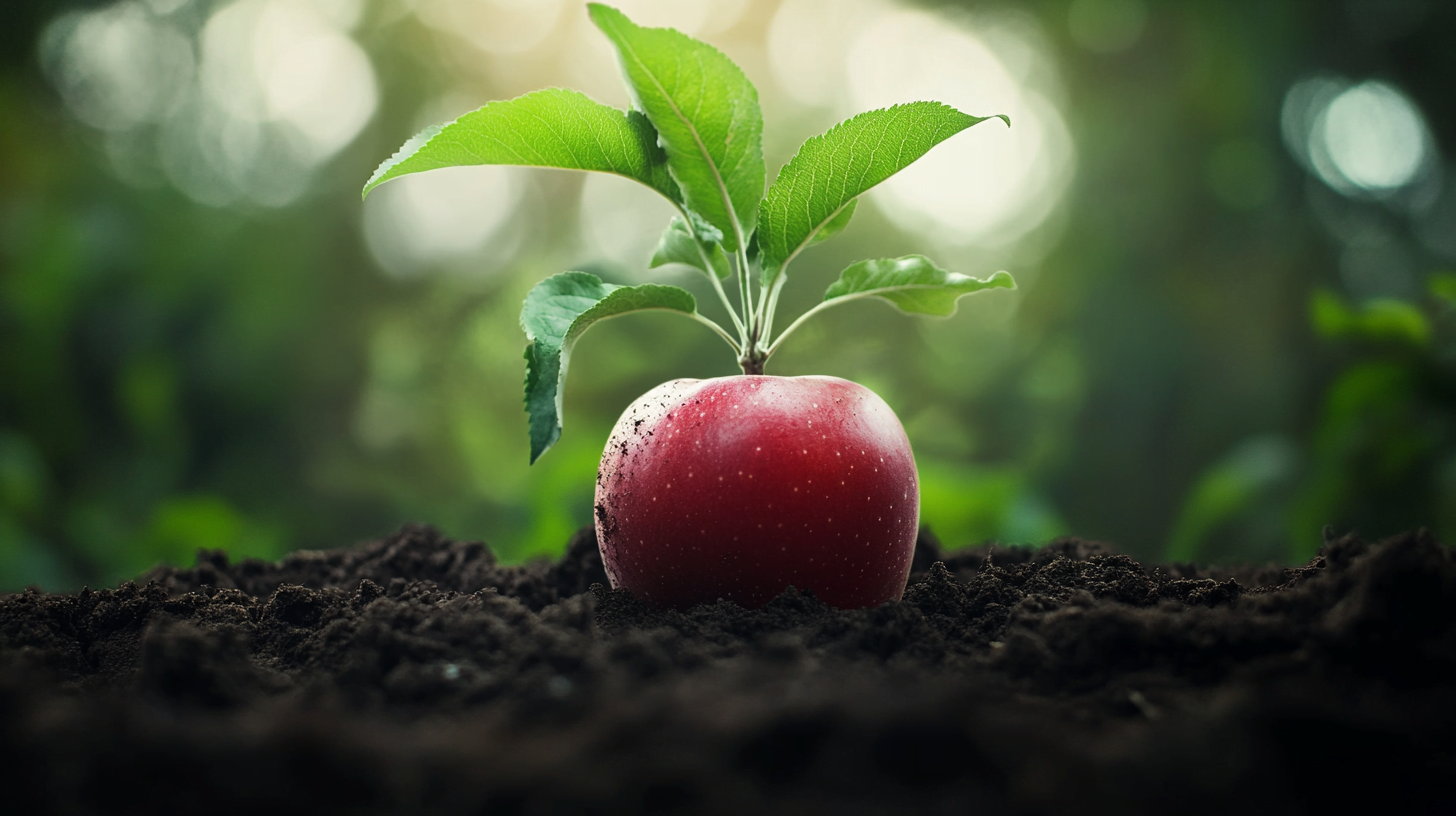Beautiful Plants For Your Interior
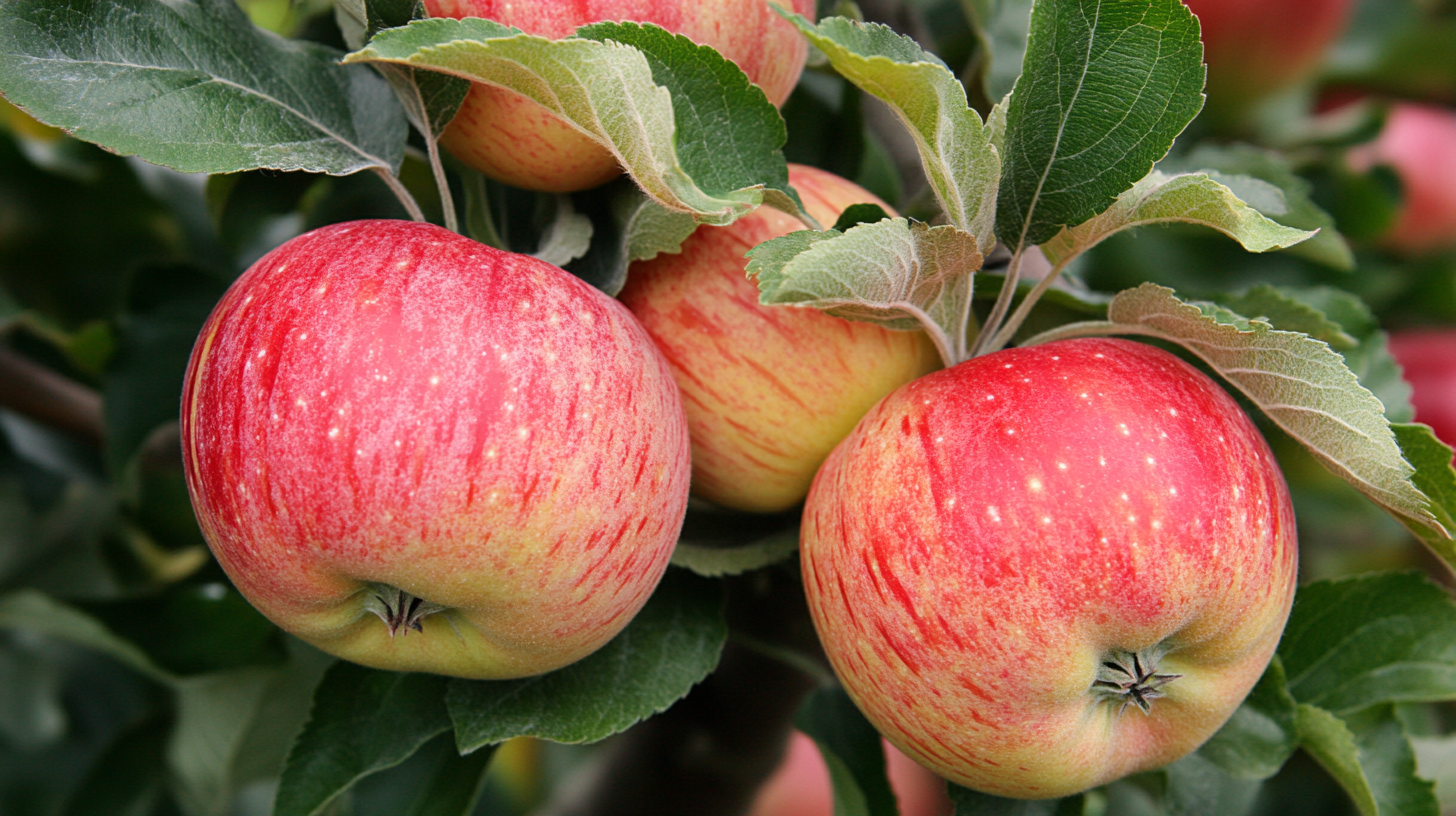
Table of Contents
Gala apples have become a favorite among fruit lovers worldwide, known for their sweet flavor and crisp texture. If you’re thinking about growing your own Gala apple tree, you’ve probably wondered: are Gala apple trees self-pollinating? This question is crucial for anyone looking to enjoy a bountiful harvest of these delicious fruits. Let’s dive into the world of Gala apple pollination and uncover everything you need to know to successfully grow these popular apples.
What Does Self-Pollinating Mean?
Before we tackle the specifics of Gala apples, let’s break down what self-pollination actually means. Self-pollination occurs when a plant can fertilize itself using pollen from its own flowers. This process doesn’t require pollen from another plant or tree to produce fruit.
However, it’s important to note the difference between self-fertile and self-pollinating:
- Self-fertile plants can produce fruit with their own pollen but may still benefit from cross-pollination.
- Self-pollinating plants have mechanisms to transfer pollen within the same flower or to other flowers on the same plant.
Understanding this distinction is key when we talk about Gala apple trees and their pollination needs.
The Truth About Gala Apple Trees and Self-Pollination
Now, let’s address the burning question: are Gala apple trees self-pollinating? The answer isn’t a simple yes or no. Gala apple trees are considered partially self-fertile. This means they can produce some fruit on their own, but they’ll be much more productive with a little help from their friends.
While Gala trees can self-pollinate to some extent, they greatly benefit from cross-pollination with other apple varieties. Cross-pollination typically results in:
- Larger fruit size
- Better fruit shape
- Higher yield
- Improved fruit quality
So, while you might get some apples from a lone Gala tree, you’ll see a significant improvement in your harvest if you plant it near compatible apple varieties.
Factors Affecting Gala Apple Pollination
Several factors can influence the pollination success of your Gala apple tree:
- Climate and weather conditions: Bees and other pollinators are less active in cold, wet, or windy weather. Ideal pollination occurs on warm, sunny days.
- Presence of pollinators: Bees are the primary pollinators for apple trees. A healthy bee population in your area is crucial for good pollination.
- Bloom time and duration: Gala apple trees typically bloom in mid-spring. The bloom period lasts about 7-10 days, during which pollination needs to occur.
- Tree health: A stressed or unhealthy tree may produce fewer flowers or less viable pollen.
- Pesticide use: Some pesticides can harm or deter pollinators. Always use pesticides responsibly and avoid applying them during bloom time.
How to Ensure Successful Pollination for Your Gala Apple Tree
To maximize your Gala apple harvest, consider these tips:
- Plant compatible pollinator varieties: Choose apple trees that bloom at the same time as Gala for best results.
- Optimal spacing: Plant trees about 15-20 feet apart to allow for good air circulation and easy pollinator movement.
- Encourage pollinators: Create a pollinator-friendly garden by planting flowers that attract bees and other beneficial insects.
- Avoid pesticides during bloom: If you must use pesticides, do so before or after the blooming period to protect pollinators.
- Consider hand pollination: In areas with few pollinators, you can hand-pollinate your trees using a small brush.
Best Pollination Partners for Gala Apple Trees
To help your Gala apple tree thrive, consider planting one or more of these compatible varieties nearby:
| Apple Variety | Bloom Time | Flavor Profile |
|---|---|---|
| Fuji | Mid-season | Sweet, crisp |
| Golden Delicious | Mid-season | Sweet, mellow |
| Granny Smith | Late season | Tart, crisp |
| Honeycrisp | Early to mid-season | Sweet-tart, very crisp |
| Red Delicious | Mid-season | Sweet, mild |
Crabapple trees are also excellent pollinators for Gala apples. They produce an abundance of pollen and often have longer bloom periods, increasing the chances of successful pollination.
Maximizing Fruit Production in Self-Pollinated Gala Trees
If you’re limited to growing a single Gala apple tree, don’t worry! You can still improve your fruit production with these techniques:
- Pruning: Proper pruning encourages better air circulation and light penetration, leading to more flowers and fruit.
- Fertilization: Apply a balanced fertilizer in early spring to support healthy growth and flower production.
- Pest and disease management: Regular monitoring and appropriate treatment can prevent issues that might interfere with pollination or fruit development.
- Water management: Consistent watering, especially during fruit development, helps ensure good fruit size and quality.
- Thinning: Remove some developing fruits to allow the remaining ones to grow larger and healthier.
The Role of Rootstocks in Gala Apple Tree Pollination
Rootstocks play a crucial role in apple tree growth and can indirectly affect pollination. Here’s how:
- Tree size: Dwarfing rootstocks produce smaller trees that are easier to manage and harvest.
- Bloom time: Some rootstocks can slightly alter bloom time, which may affect compatibility with pollinators.
- Tree vigor: Vigorous rootstocks can lead to more flowers and potentially more fruit.
When choosing a Gala apple tree, consider the rootstock carefully to ensure it suits your growing conditions and pollination needs.
Troubleshooting Poor Fruit Set in Gala Apple Trees
If your Gala apple tree isn’t producing as much fruit as you’d like, consider these common issues and solutions:
- Lack of pollinators: Plant pollinator-attracting flowers or consider bringing in managed bee hives.
- Incompatible pollinator varieties: Ensure you have compatible apple varieties nearby that bloom at the same time.
- Poor weather during bloom: Use row covers or windbreaks to protect blossoms from harsh weather.
- Nutrient deficiencies: Conduct a soil test and amend as necessary to provide optimal growing conditions.
- Overpruning: Avoid excessive pruning, which can remove too many potential flowering buds.
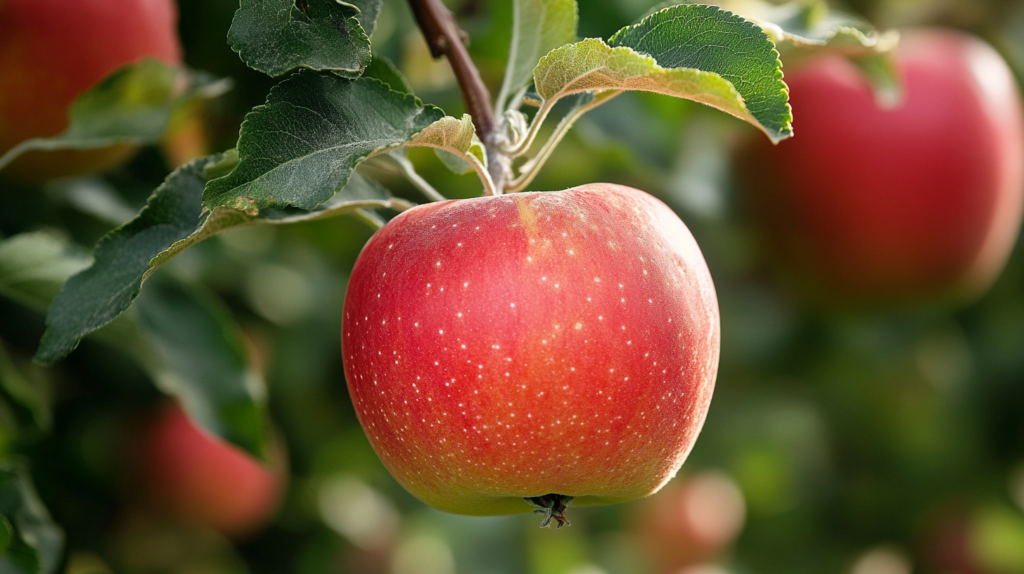
Growing Gala Apple Trees in Small Spaces
Don’t have a large orchard? No problem! You can still grow Gala apples in limited spaces:
- Container gardening: Choose dwarf rootstocks for growing in large pots or half barrels.
- Espalier techniques: Train your tree to grow flat against a wall or fence, saving space and creating a beautiful feature.
- Multi-variety grafted trees: These trees have multiple apple varieties grafted onto a single rootstock, providing built-in cross-pollination.
Harvesting and Storing Gala Apples
To enjoy the fruits of your labor, follow these harvesting and storage tips:
- Harvest time: Gala apples are typically ready for picking in late August to early September.
- Ripeness signs: Look for fruit with a deep red color over a yellow background.
- Gentle handling: Pick apples carefully to avoid bruising.
- Storage: Keep harvested apples in a cool, humid place. They can last up to 6 months in proper storage conditions.
Conclusion
While Gala apple trees are partially self-pollinating, they truly shine when given the opportunity to cross-pollinate with compatible varieties. By understanding the pollination needs of Gala apples and implementing the strategies we’ve discussed, you’ll be well on your way to growing a thriving apple tree with a bountiful harvest. Remember, whether you’re working with a large orchard or a small backyard space, there’s always a way to enjoy the sweet success of growing your own Gala apples. Happy growing!
